Iran
State of Space 2022
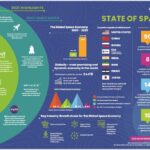
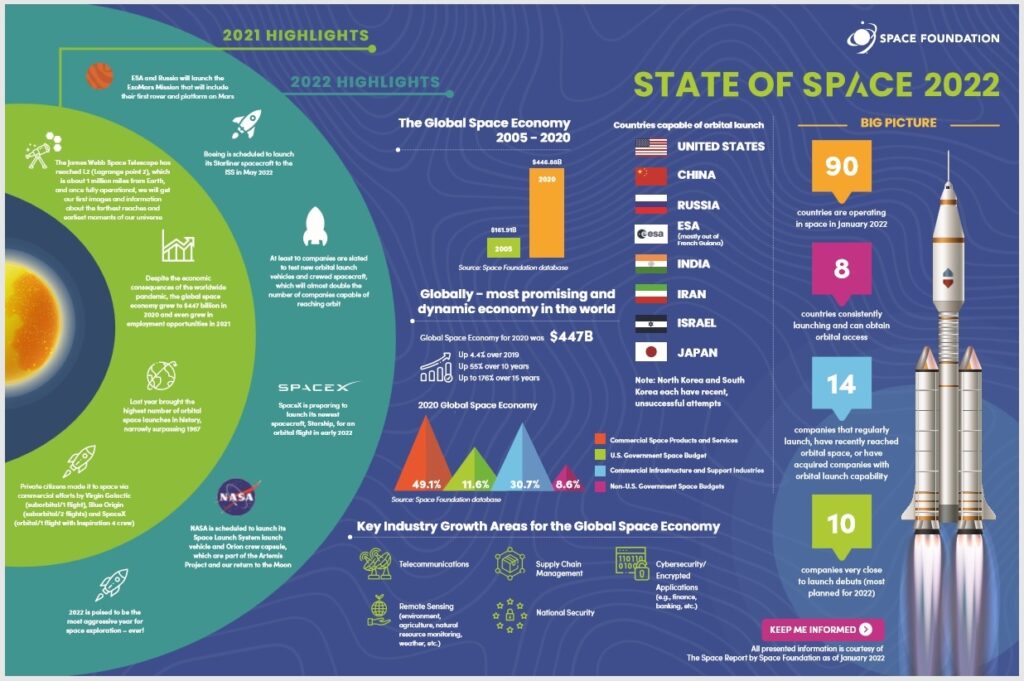
The Space economy hit $447 billion in 2021 and the pace of growth was expected to accelerate in 2022.
Launch Attempts by Country and Mission Sector, 2021
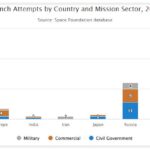
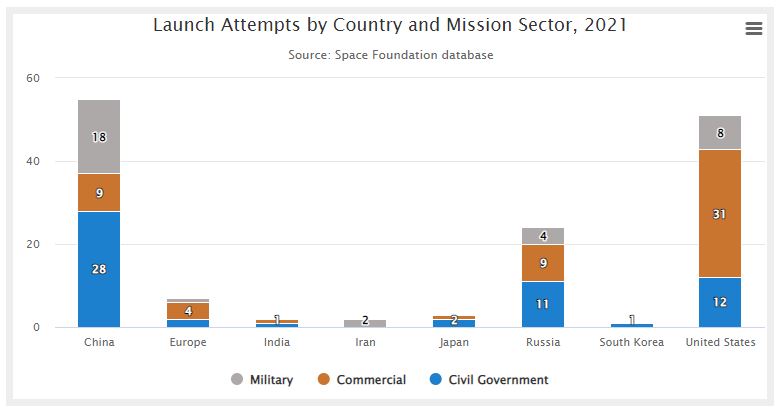
This interactive chart tracks 2021 launch attempts and shows that commercial launches have become the largest mission sector in the United States.
Global Orbital Launch Attempts, 2021

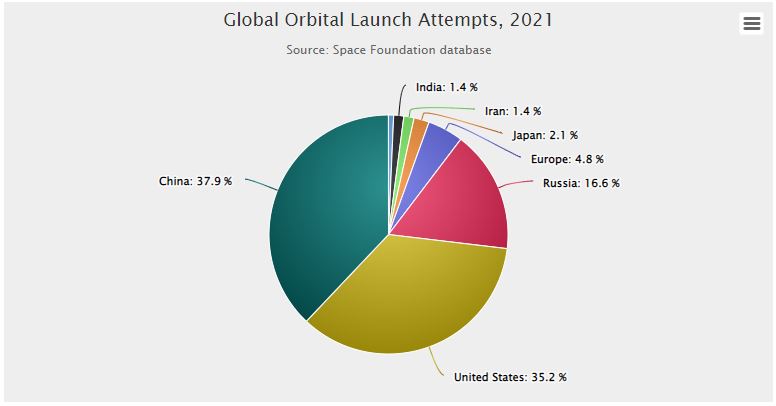
Seven nations conducted orbital launches in 2021, with China, the United States and Russia continuing a years-long lead in launch activity.
Launch Analysis: 2021 Sets Record for Successful Orbital Launches
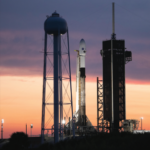
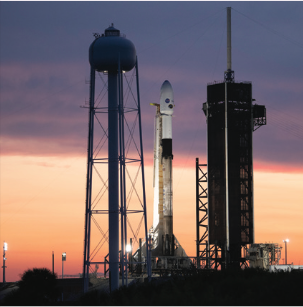
Successful launches soared past annual records in 2021 with 134, beating out the previous record of 128 launches, last met in 1984. Chinese launches grew by. . .
2020 TSRQ3 – Infrastructure: Human Spaceflight

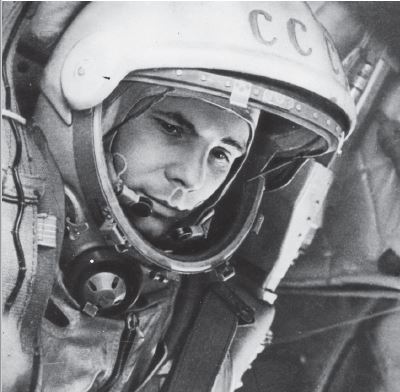
Since Yuri Gagarin’s orbital flight around the Earth in April 1961, humans in pioneering new technologies and pushing the limits of what’s considered possible. This year ushered in a new era of human spaceflight when SpaceX became the first . . .
2020 TSRQ2 – Infrastructure: Spacecraft/Satellites Overview


Spacecraft deployment numbers rose by five in 2019, increasing slightly to 466 spacecraft deployments last year. While deployments moved up, space vehicle launch attempts decreased from 114 in 2018 to 103 in 2019. The difference between. . .
2020 TSRQ1 – Infrastructure: Orbital Launch Vehicle Overview

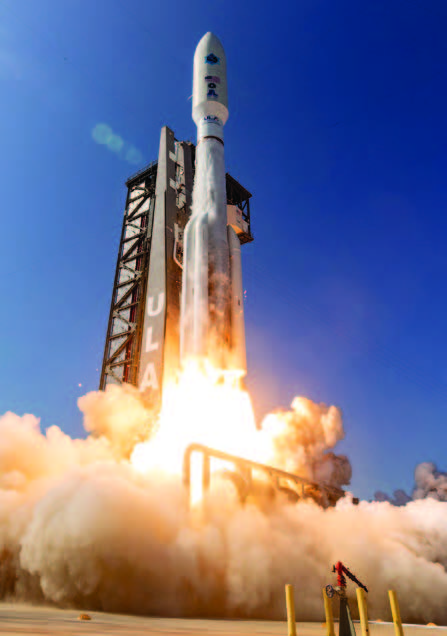 2019 Orbital Space Launch Activity Launch vehicle activities, despite the colloquialisms about rocket science, are routine enough that, on average, two launches occurred per week last year. Seven countries attempted…
2019 Orbital Space Launch Activity Launch vehicle activities, despite the colloquialisms about rocket science, are routine enough that, on average, two launches occurred per week last year. Seven countries attempted… 2019 TSRQ4 – Infrastructure: Spaceports
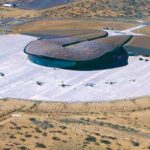
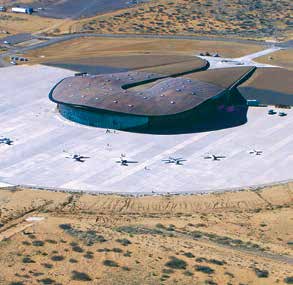
Spaceport upgrades and new spaceport development are at an all-time high, with 40 active launch sites around the globe, 10 more in development in the United States, Sweden, Australia and Canada, and 13 more proposed in eight countries. . .
2017 – U.S. Suborbital – Snapshot
Many countries and organizations have floated plans for human suborbital spaceflight. However, there are very few building suborbital launch vehicles for this purpose, and even fewer…
2017 – Iran launches Simorgh – Snapshot
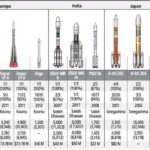
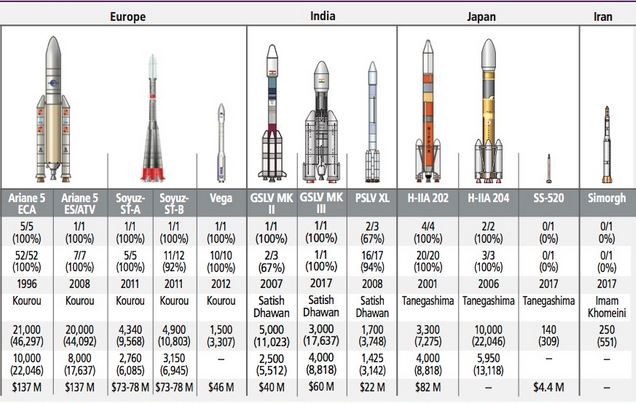
In 2017, Iran was the only other nation to attempt an orbital launch. Iran conducted a single test launch of . . .
- « Previous
- 1
- 2
- 3
- 4
- Next »